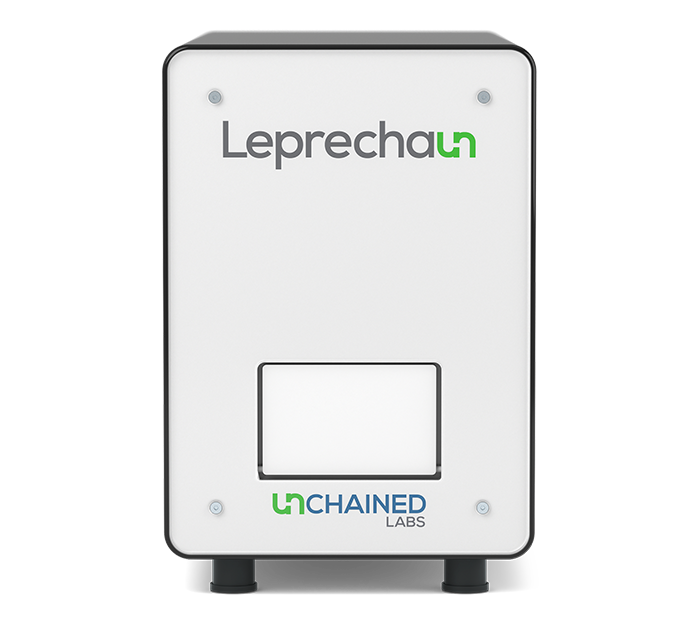Lentiviral Vector Purification & Contaminant Analysis
The problem
Fresh from the bioreactor lentivirus preps are packed with contaminants from producer cells that need to be removed. Soluble protein, free floating nucleic acid and non-viral vesicles are all hiding alongside precious virus. Non-viral EVs have been shown to deliver nucleic acid and proteins to target cells, creating the potential for functional interference with the lentiviral transfection you want to see. Making sure your lentiviral vector purification process is getting rid of this junk and boosting lentiviral titer is critical for high quality vector production.
Current analytical methods drop the ball when it comes to lentivirus contaminant analysis at each step of downstream purification. p24 ELISAs can’t tell the difference between protein in a capsid and soluble p24 not associated with a virus. If you’re trying to pick out lentivirus from the surrounding EVs, sizing analysis tools and ELISA both leave you completely in the dark about both viral particles that don't contain p24 and non-viral vesicles.
The right tool for the job
Leprechaun sniffs out contaminating particles like non-viral EVs, and can tell viral p24 from soluble p24. Get lentiviral titer, aggregation info and contaminant concentration in one run, from <25 µL per sample, whatever the pseudotype. All that info adds up to knowing exactly what's in your batch, which is essential if you're planning to use your lentivirus for production of CAR-T or other cell therapies.
Leprechaun's EV Contaminant Kit features Luni consumables specifically designed to capture and independently quantify contaminants alongside lentivirus. The addition of p24 and tetraspanin capture antibodies to the Luni surface enables soluble protein and tetraspanin expressing non-viral EVs to bind.

The proof
Know what you're working with
Viral particles remain intact during Leprechaun's analysis, so only p24 protein that's not encased in a virus is able to bind to the p24 antibody spots and be quantified. Meanwhile, particles on the tetraspanin capture spots are sized by interferometry, and their surface proteins are immuno-stained to check whether they're lentivirus.

See purity progress
Track contaminant levels alongside lentiviral titer throughout your lentiviral vector purification process, from harvest to a final product ready to use for CAR-T manufacture. In one go, get all the info needed to fully optimize your lentivirus purification process development, ensuring the lenti going onto your CAR-T cells is as pure as can be.


Leprechaun
Leprechaun is the only system that hunts down titer and structure for viruses and exosomes without worrying about sample purity. Triple-check lentivirus particles to be sure they are the right size, have the right structure and contain RNA – in both crude and pure samples. Uncover exosome concentration and phenotype in everything from cell culture to biofluids. Make your own luck and follow Leprechaun straight to the viral titer or exosome concentration you’ve been looking for, without the noise from trickster particles throwing you off the trail.
Want more info?
Want to learn more about how Leprechaun serves up lentivirus contaminant analysis so you always know exactly what's in your batch?


